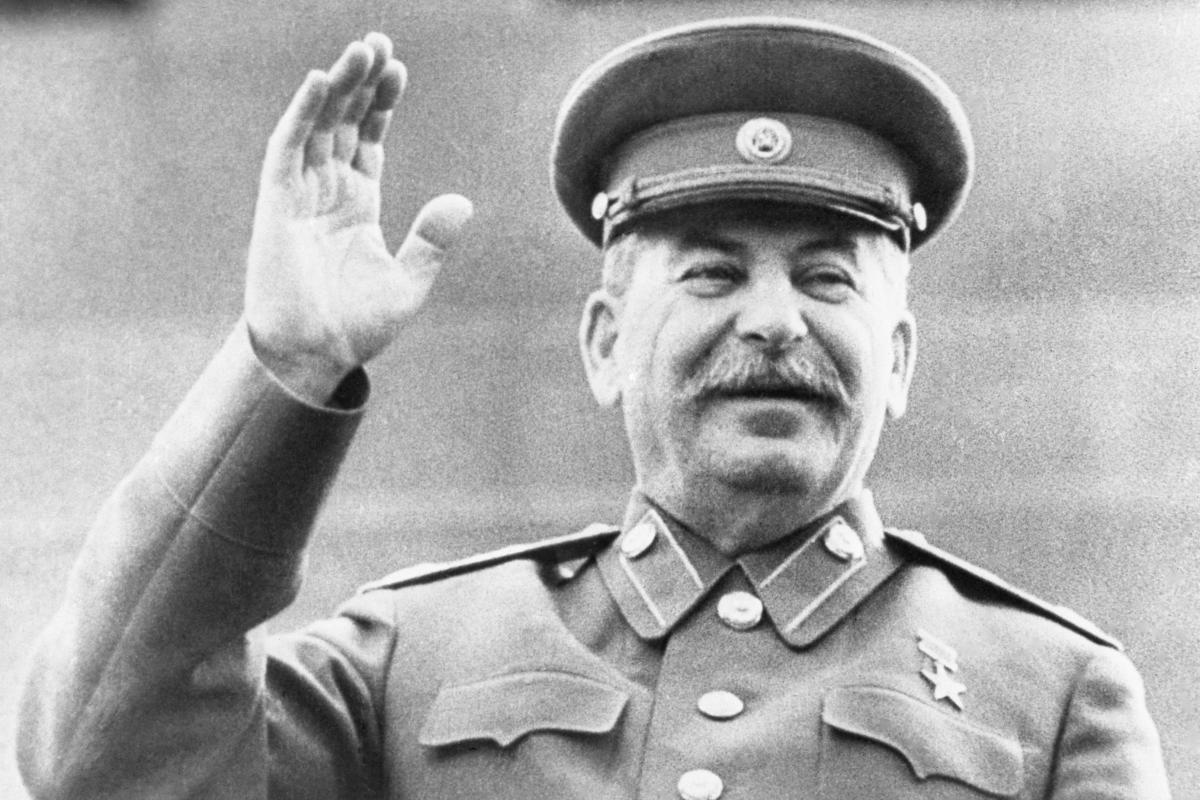TALLINN, Estonia (AP) — The history of abortion in Russia has been marked by shifting attitudes and changing regulations. While abortion remains legal and widely accessible, President Vladimir Putin is now considering new restrictions in an effort to address Russia’s declining population and promote “traditional family values.” This move has sparked concerns among activists and scholars, who see parallels with the era of Soviet dictator Josef Stalin when abortion was outlawed, leading to dangerous and unsafe procedures.
Lina Zharin, a psychotherapist and feminist activist, recalls stories from her grandmother about abortions being performed with wardrobe hangers in the dormitories. These stories serve as a harrowing reminder of the past and highlight the shock and outrage that many people feel about the potential regression in women’s reproductive rights.
During the Soviet era, authorities initially banned abortion in 1936 but later repealed the ban to address the prevalence of dangerous illegal abortions. However, the government did not endorse contraceptives and instead promoted a pro-natalist agenda, encouraging women to have children while remaining in the workforce. Despite the harsh conditions at clinics, abortion became a common solution for unwanted pregnancies in the Soviet economy.
In the late 1980s, under the reforms led by Soviet leader Mikhail Gorbachev, a movement for family planning and birth control was initiated by female physicians. This effort gained momentum after the dissolution of the USSR in 1991 when President Boris Yeltsin funded family planning programs and trained doctors in prescribing contraceptives.
However, federal funding for these initiatives dwindled in the late 1990s due to conservative opposition. Although there were some restrictions on abortion, women could still terminate a pregnancy within certain timeframes and for various social reasons. In 2003, the government implemented further restrictions, signaling their commitment to reducing abortion rates through limited access.
In 2011, conservative lawmakers proposed additional restrictions on abortion, including obtaining permission from husbands or parents for underage women, allowing doctors to refuse abortions based on their personal beliefs, and implementing mandatory waiting periods. While these proposals faced opposition, some of them were eventually adopted, further restricting women’s access to safe and legal abortion.
The Russian Association for Population and Development, led by Dr. Lyubov Yerofeyeva, pushed back against these restrictions but faced challenges, including being labeled a “foreign agent” and ceasing operations. Recent developments have seen Deputy Prime Minister Tatyana Golikova calling for a ban on abortions for minors without parental consent, and Health Minister Mikhail Murashko criticizing women who prioritize education and careers over childbearing.
As the debate over abortion in Russia unfolds, it is essential to examine the complex history, considering the impact of restrictive policies and the experiences of women seeking reproductive healthcare. The potential changes in regulations raise concerns about the state of women’s rights and access to safe healthcare procedures.


